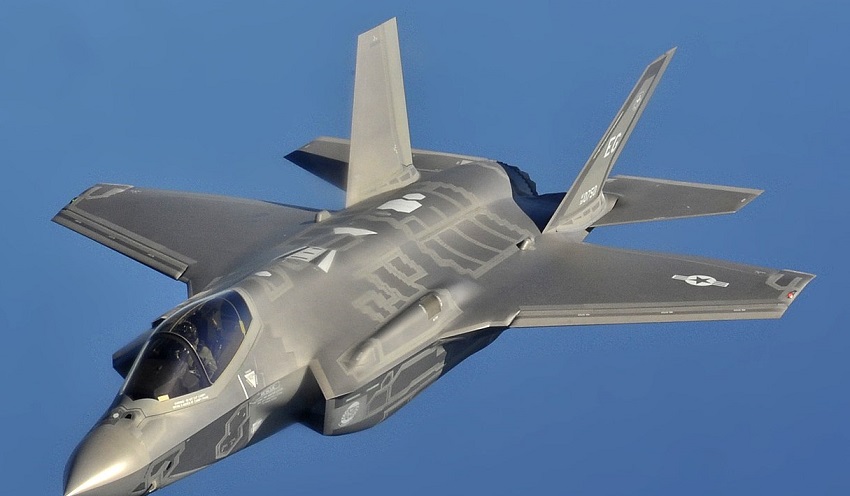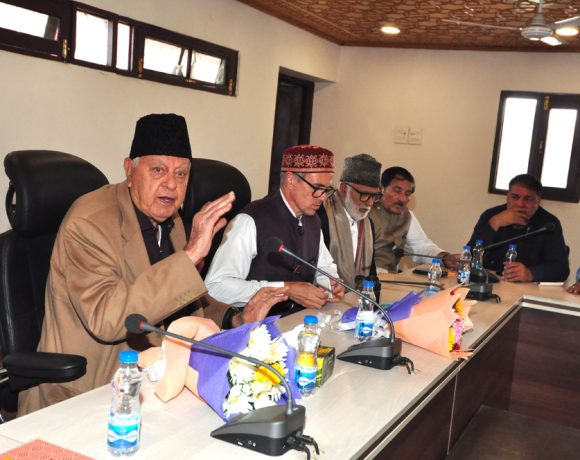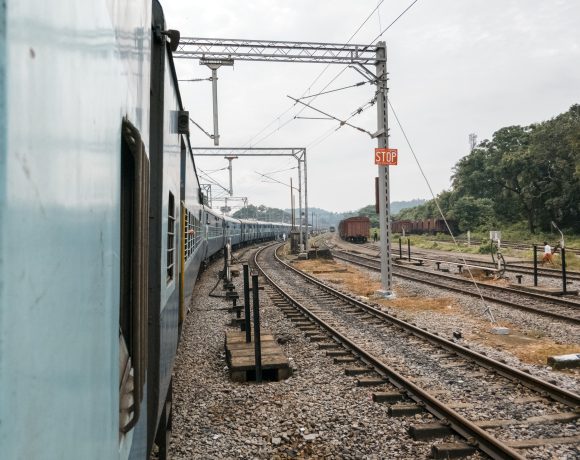
UK’s F-35B Still Grounded in Kerala; India May Charge Parking Fee
A British F-35B stealth fighter jet, valued at nearly $100 million, remains grounded at Thiruvananthapuram International Airport in Kerala, nearly two weeks after it made an emergency landing on June 14 due to suspected hydraulic failure and fuel issues. The fifth-generation fighter, which was operating from the UK’s aircraft carrier HMS Prince of Wales, had to squawk the international 7700 emergency code, prompting Indian Air Force and aviation authorities to swiftly clear its landing.
The jet was directed to Bay 4 of the airport, a designated VIP bay, where it has remained under tight security managed by the Central Industrial Security Force (CISF). Though a Royal Navy team attempted immediate repairs, the issue was not resolved, leading the UK to send a 40-member technical crew. American experts familiar with the F-35 systems are also expected to arrive and assist in the recovery operation.
First Time an F-35B Grounded Abroad
This incident marks the first time an F-35B—known for its vertical landing capabilities and advanced stealth features—has been grounded for this long in a foreign country due to technical malfunction. Indian aviation protocols require fees for extended aircraft parking, even for military jets. As a result, the British government is likely to be billed by airport authorities for the duration the aircraft remains on Indian soil, unless an exemption is negotiated through diplomatic channels.
Officials are considering moving the jet to a hangar to reduce congestion and protect sensitive equipment from the elements. However, British authorities have expressed concerns about moving the aircraft, citing the high-tech nature of its onboard systems and the need to secure critical components.
Symbol of Defence Cooperation
Despite the unexpected episode, both nations have coordinated effectively to manage the situation. The British High Commission thanked India for its prompt response and continued assistance. The Indian side has provided not only technical and security support but also coordination for spare parts and logistics clearance.
The grounded fighter has inadvertently become a symbol of deeper operational coordination between India and the UK—two strategic partners aiming to strengthen maritime and aerospace ties. The situation is being closely monitored, with the jet’s departure timeline still uncertain pending successful repairs or alternate transport arrangements.
While the British team works to fix one of the world’s most advanced warplanes on Indian tarmac, the episode also raises quiet questions about the reliability of fifth-generation systems and the growing responsibilities of host nations in joint defence engagements.


















